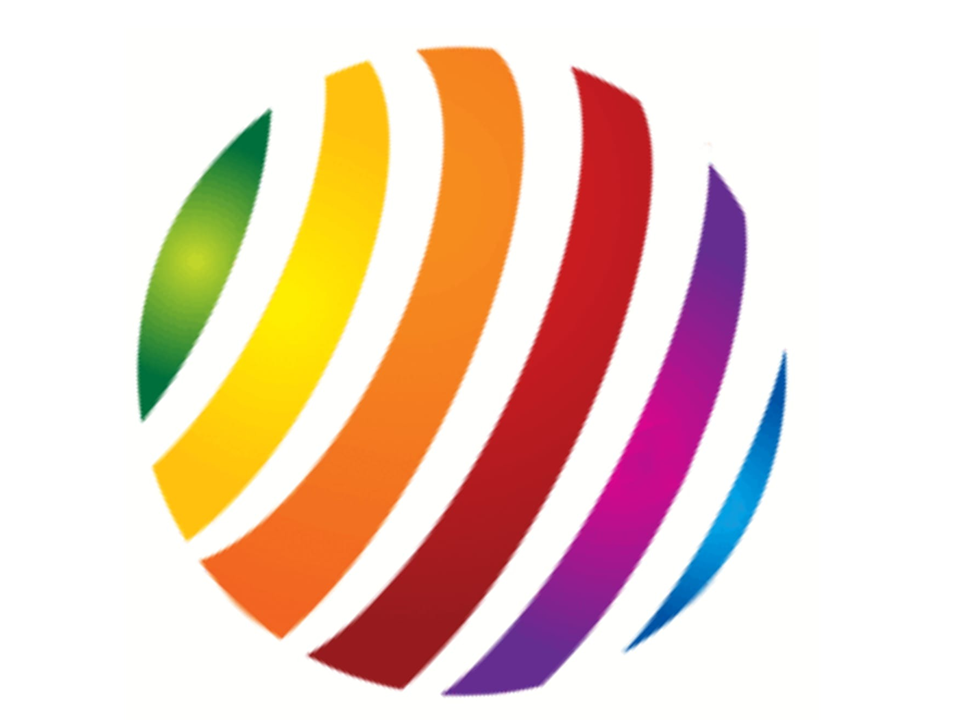Benefícios da prática de atletismo sobre a aptidão física de alunos de uma escola olímpica da prefeitura da cidade do Rio de Janeiro
Rubem Machado Filho, Mario Roberto Guagliardi Júnior, Marco Leandro Martins de Assis, Marco Antônio Pinto de Avellar, Francimar Giovanni Dominique dos Santos, Isabel Carvalho Pereira, Rafaela Pereira Elias, Raphael Almeida Silva Soares, Maria Clarice de Almeida Esteves
Resumo
The literature points out that athletics is one of the oldest sports globally; it is also considered a base sport for several other sports. It is a retrospective, longitudinal study aiming to analyze the evaluations carried out during six months of training in athletics practitioners. Thirty-three students participated, from 11 to 15 years old. The data were summarized using frequencies, position measures, and dispersion measures and the determination of the effect size (effect size). For the intra-group comparative analysis (pre-post) the Wilcoxon non-parametric test was applied. For comparisons, the significance level of 5% was considered. The analyzes were processed using SPSS 22.0. The intra-group analysis of the volunteers who trained five times a week shows that, except the 20 m run, there was a significant improvement in physical fitness at the end of the training. Significant improvement was observed in the volunteers who trained three times a week, except for the 20 m run. An intergroup analysis showed that there was no significant difference between groups for any of the variables. The athletics presented specific practices of sports-related as being important for improving the motor skills of students in the age group from 11 to 15 years old.
Palavras-chave
Referências
Brasil. (1996). Secretaria de Educação Fundamental. Parâmetros Curriculares Nacionais: Educação Física. Brasília, DF: MEC/SEF.
Böheme, M. T. S. (1993). Aptidão física: aspectos teóricos. Revista Paulista de Educação Física. São Paulo, 7, p. 52-55.
Coledam, D., Arruda, G., Dos-Santos, J., & Oliveira, A. (2013). Relação dos saltos vertical, horizontal e sêxtuplo com a agilidade e velocidade em crianças. Revista Brasileira de Educação Física e Esporte, 27(1), p. 43-53.
Cotta, R., Barletta, G., Monteiro, A., & Affonso, C. (2009). Lastro fisiológico em futebolistas. EFDeportes, v. 13(129). http://www.efdeportes.com/
Damico, D. M., Junqueira, A. P. R, & Machado Filho, R. (2017). Diferenças de velocidade e agilidade entre praticantes e não praticantes de futsal na fase pré-púbere da cidade de Petrópolis-RJ. In: R. Machado Filho. Diversidades da educação física brasileira. Rio de janeiro, RJ: Autografia, p. 66-78.
Farias, E. D. S., Carvalho, W. R. G. D., Gonçalves, E. M., & Guerra-Júnior, G. (2010). Efeito da atividade física programada sobre a aptidão física em escolares adolescentes. Revista Brasileira de Cineantropometria & Desempenho Humano, 12(2), p. 98-105.
Faigenbaum, A. D. (2002). Comparison of 1 and 2 days per week of strength training in children. Res Q Exerc Sport, 73, p. 416-424.
Fernandes, J. L. (2003). Atletismo: corridas. São Paulo: EPU.
Góes, F. T.; Júnior, P. R. V.; Oliveira, P. A. S. (2014). Algumas reflexões sobre a inserção e o ensino do atletismo na educação física escolar. Revista Mackenzie de Educação Física e Esporte, 13(1).
Gomes, A. C., & Machado, J. A. (2001). Futsal Metodologia e Planejamento na Infância e Adolescência. São Paulo: Midiograf.
Hobold E. (2003). Indicadores de aptidão física relacionada à saúde de crianças e adolescentes do município de Marechal Cândido Rondon – Paraná, Brasil. (Dissertação de Mestrado), Universidade Federal de Santa Catarina.
Nagano, A., & Gerritsen, K. G. M. (2000). Effects of neuro-muscular training on vertical jump height. 24th Annual Meeting of the American Society of Biomechanics. www.asb-biomech.org.
Sedano, S., Matheu, A., Redondo, J. C., & Cuadrado, G. (2011). Effects of plyometric training on explosive strength, acceleration capacity and kicking speed in young elite soccer players. J Sports Med Phys Fitness, 8, p.51:50-8.
Singh, A. S., Paw, M. J., Brug, J., & Van Mechelen, W. V. (2007). Short-term effects of school-based weight gain prevention among adolescents. Arch Pediatr Adoles Med, 161(6), p. 656-671.
Rodacki, A. L. F., & Fowler, N. E. (2002). The specificity of two training programs on vertical jump coordination. Braz J Biomech, v.3, (4), p. 27-35.
Tomioka, M., Owings, T. M., & Grabiner, M. D. (2001). Lower extremity strength and coordination are independent contributors to maximum vertical jump height. J Appl Biomech, 17(3), p. 181-7.
Weineck, J. (1999). Treinamento ideal. Rio de Janeiro: Manole.
Vasques, D. G., Silva, K. S., & Lopes, A. S. (2007). Aptidão cardiorrespiratória de adolescentes de Florianópolis, SC. Rev Bras Med Esporte, 13(6).
Submetido em:
10/06/2020
Aceito em:
20/07/2020

